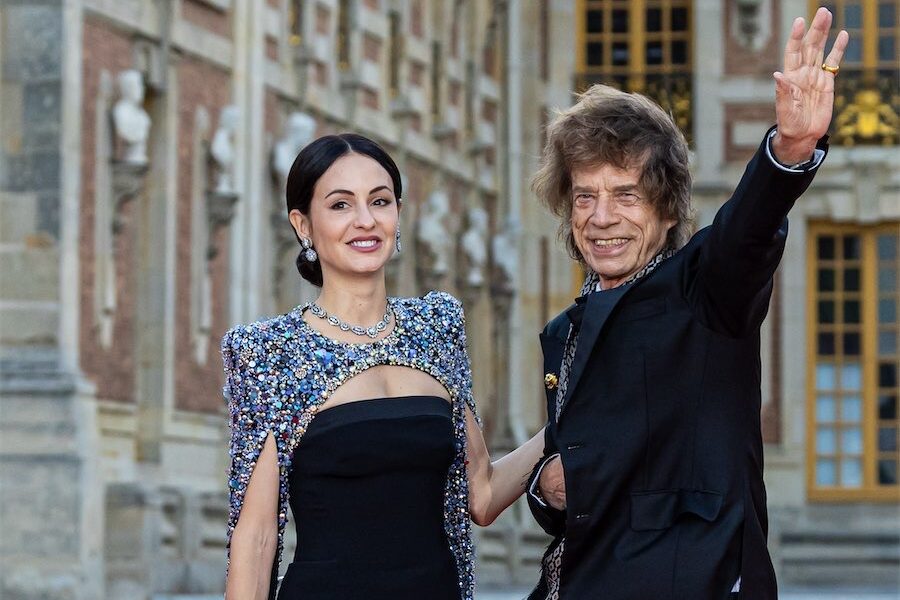
In what he calls “a myriad of glittering reflections”, newly-announced director of the ANU Drill Hall Gallery, Tony Oates, has curated an exhibition of work by two of our late artists who have put the visual art in Canberra on the map.
The major show, Richard Larter: Free Radical, celebrates the work of the legendary local artist who, from the 1950s until his death in 2013, mixed new science with the history of abstraction and pornography with political freedom, allowing “the chemistry of paint and its application to canvas a weapon against inequality”.
Oates says Larter has been widely touted as the founding father of Australian pop art, although it was a label (as a serious contrarian), he hotly rejected.
Known for his confrontational paintings, many painted in Canberra and Yass, that fused global politics with sexually liberated imagery, his abstract works exhibited concern for composition and the dynamic relationships of colour, shape and line.
Larter’s work captures the energies of place and the politics of the times, Oates says, and viewers will enjoy the “sparkling riot of colour, pattern and effervescent cheek”.
The paired exhibition, Riffing on: Pat Larter’s Rhythms & Pete Maloney’s Blues, puts together a selection of works from the 1993 exhibition of the same name, where paintings by Maloney, who died in 2023, performed almost as backdrops, stages and sets for the models and subjects of Pat, wife to Larter.
When I catch up with Oates, he says that like me, he’d managed to miss the 1993 exhibition, which was held in a small gallery in Surry Hills, Sydney. But he’s heard enough about it.
Pat, by then a grandmother, had her own practice but most of her work was based on what Oates calls “performance things”, so this collaboration represented an opportunity for her to make paintings in a slightly more conventional form – not too conventional, though.
Pat was famous for heading to the newsagency in Yass to buy her painting materials, which included a fair amount of glitter.
What started as modelling for Larter developed into her own performative practice, in which her sexual liberation provided the context and subject matter for her painting, so while Maloney was producing large abstract paintings, Pat’s work often involved using models performing in the space.
She would then photograph and make collages showing the models and Maloney’s work together. These are held in the Art Gallery of NSW and the National Gallery of Australia, but many present-day viewers might not understand where they came from.

Oates sees the work of both Pat and the younger Maloney as representing a kind of dialogue between second-wave feminism of the ’70s and the gay rights movement of the ’80s and ‘90s.
As for Maloney, he taught at the ANU School of Art and his works were in 2018 the subject of a Drill Hall Gallery show, Peter Maloney: Missing in Action, which centred around a forgotten body of work created at the height of the Sydney HIV/AIDS epidemic.
He was very well aware of the mighty influence that Richard Larter had on younger Canberra artists.
“Both of them were a bit ratbaggy and anti-authoritarian and both instilled that into their followers,” Oates says.
Thus, we see a painting in the second exhibition by Malone called Red but it is plainly blue. This is a colourful exhibition, but you might have to revise your preconceptions about colour.
Richard Larter: Free Radical, with Riffing On: Pat Larter’s Rhythms & Pete Maloney’s Blues, ANU Drill Hall Gallery, November 8-January 19.
Who can be trusted?
In a world of spin and confusion, there’s never been a more important time to support independent journalism in Canberra.
If you trust our work online and want to enforce the power of independent voices, I invite you to make a small contribution.
Every dollar of support is invested back into our journalism to help keep citynews.com.au strong and free.
Thank you,
Ian Meikle, editor








Leave a Reply